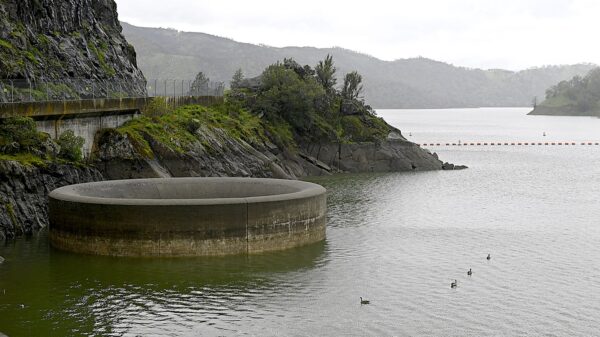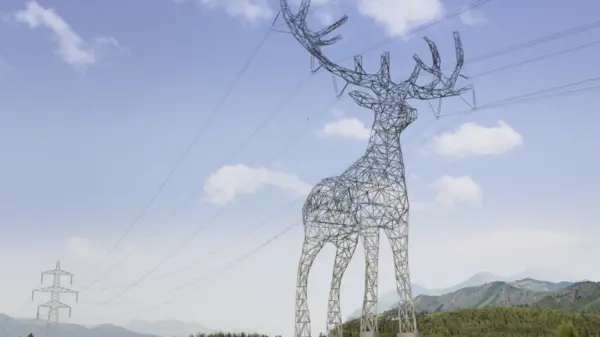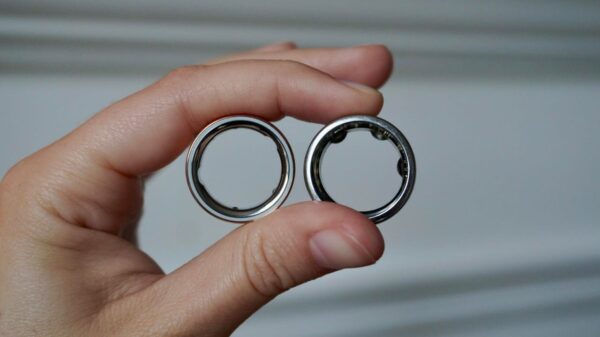The asteroid belt, located between Mars and Jupiter, is experiencing a gradual loss of mass, shedding approximately 0.0088% of its material over time, according to a study led by Julio Fernández from the Universidad de la República in Uruguay. This depletion, while seemingly small, represents a significant flow of material when analyzed over the vast timescales of the Solar System’s evolution.
The asteroid belt consists of remnants from the early Solar System, which formed around 4.6 billion years ago. Planetary formation in this area was disrupted by Jupiter’s immense gravitational pull, preventing the coalescence of material into a planet. Instead, this gravitational influence led to destructive collisions among asteroids, resulting in a collection of rocks that now contains only about 3% of the Moon’s mass.
Understanding the Dynamics of the Asteroid Belt
The study highlights how gravitational resonances—regions where the orbital periods of asteroids interact with those of Jupiter, Saturn, and Mars—destabilize asteroid orbits. This disruption causes fragments either to be flung into the inner Solar System, where they may collide with Earth, or outward toward Jupiter. Those that remain undergo further collisions, breaking down into meteoritic dust.
About 20% of the material lost from the asteroid belt escapes as meteoroids that occasionally cross Earth’s orbit, resulting in visible meteors when they enter the atmosphere. The remaining 80% is reduced to fine dust, contributing to the faint glow known as zodiacal light, which can be seen in the night sky during twilight hours.
The research specifically excluded well-known asteroids like Ceres, Vesta, and Pallas, which have remained stable long enough to no longer contribute to the ongoing depletion of the belt.
Implications for Earth and Future Risks
Understanding the mass loss of the asteroid belt is crucial as it directly affects Earth’s geological history and evolution. The study suggests that if the current rate of mass loss continues, the asteroid belt may have been roughly 50% more massive about 3.5 billion years ago, with a mass loss rate approximately double that of today. This aligns with geological evidence indicating a decline in bombardment rates on Earth and the Moon over billions of years.
The layers of glass spherules found in Earth’s geological strata point to a time when a more massive asteroid belt sent numerous fragments crashing into our planet. Presently, this bombardment has diminished to a slow trickle, reflecting the ongoing decline of the asteroid belt’s material.
These findings not only help reconstruct Earth’s impact history but also offer essential data for understanding the potential risks posed by near-Earth objects. As the asteroid belt continues to lose material, monitoring these changes will be key to assessing future hazards that could affect Earth.
The asteroid belt, once considered a static feature of our Solar System, is now revealed as a dynamic and evolving structure that has been gradually losing its mass for billions of years. This research underscores the importance of ongoing observations and studies to better comprehend the complexities of our cosmic neighborhood.







































































